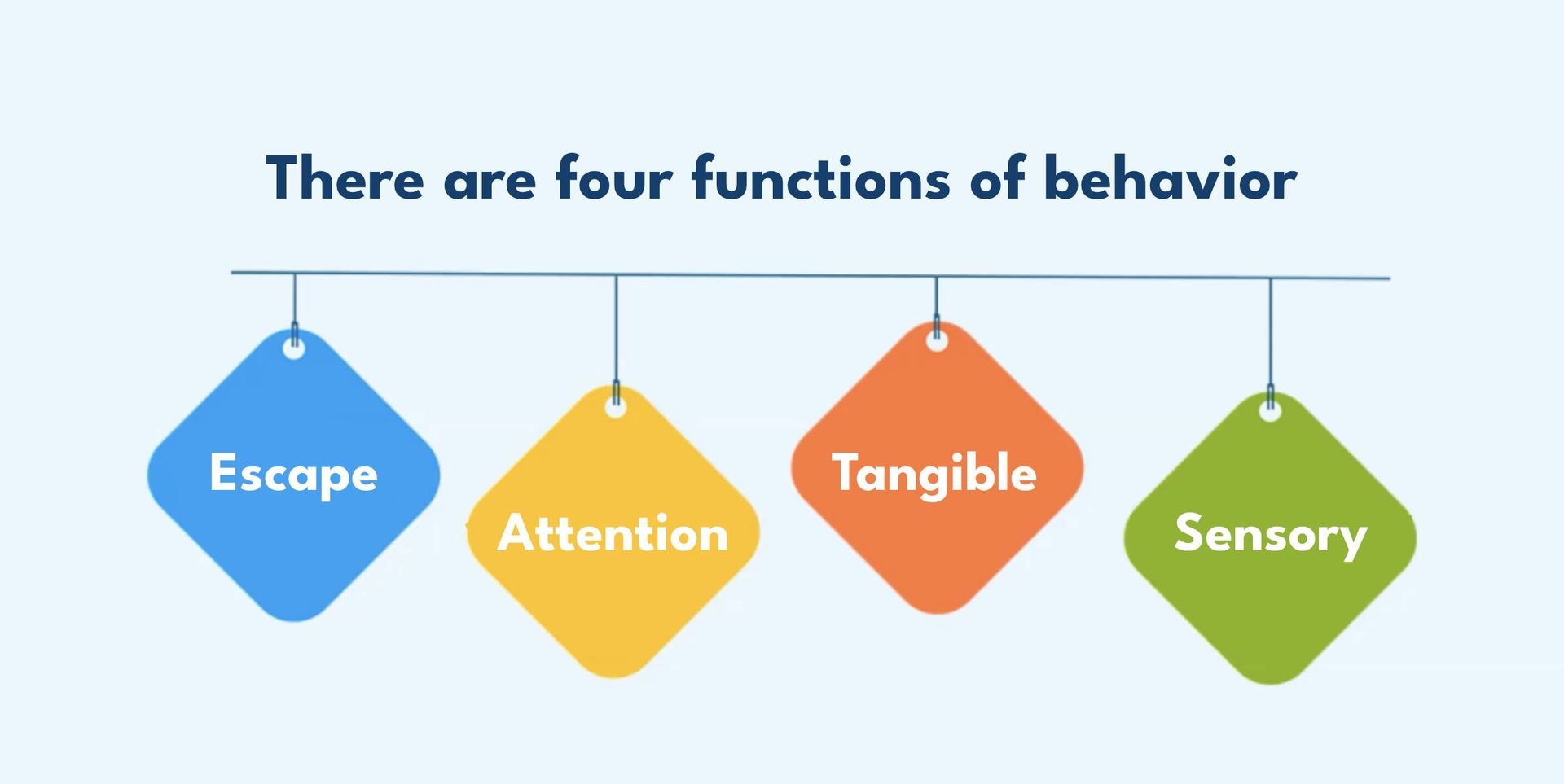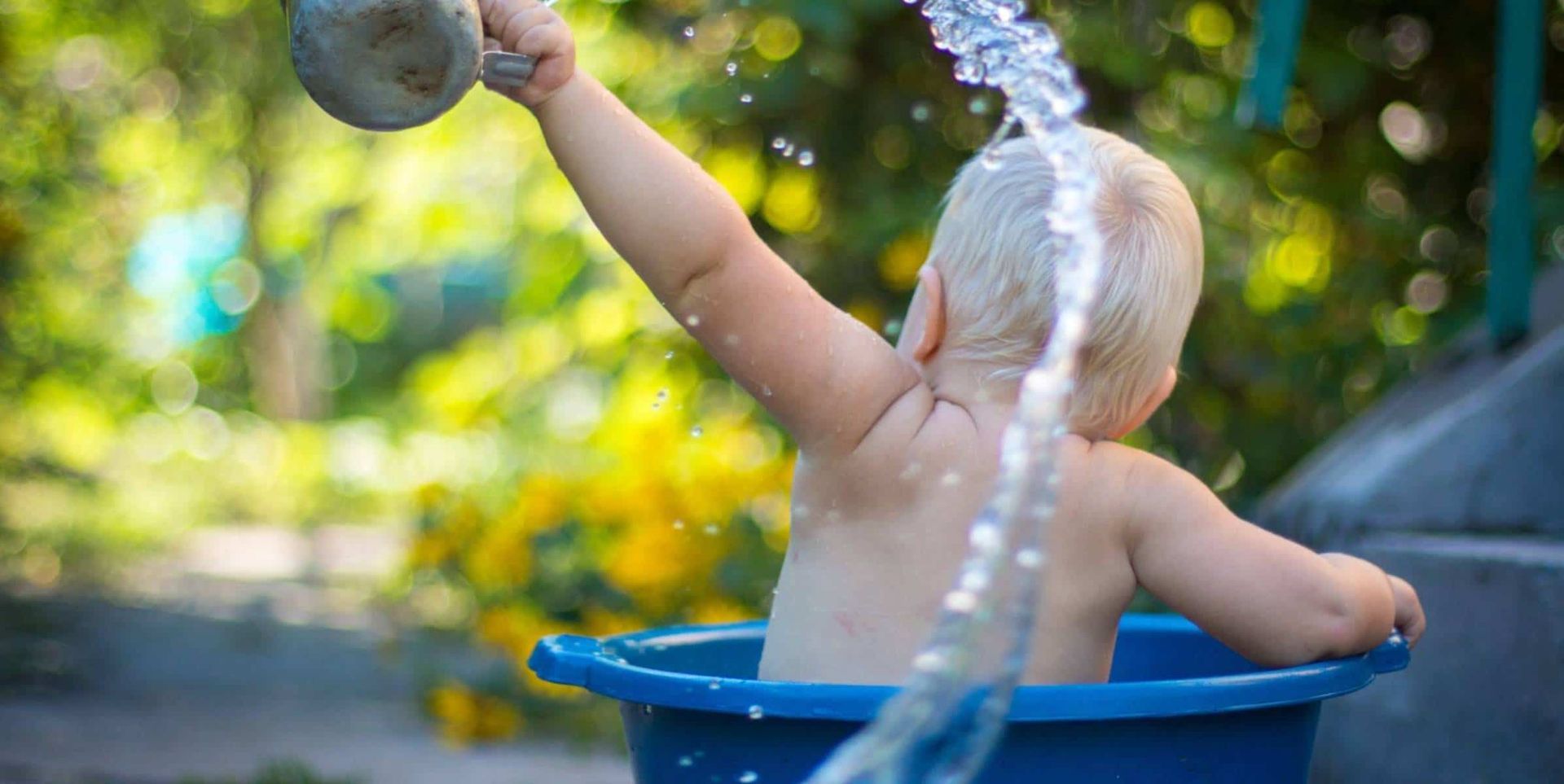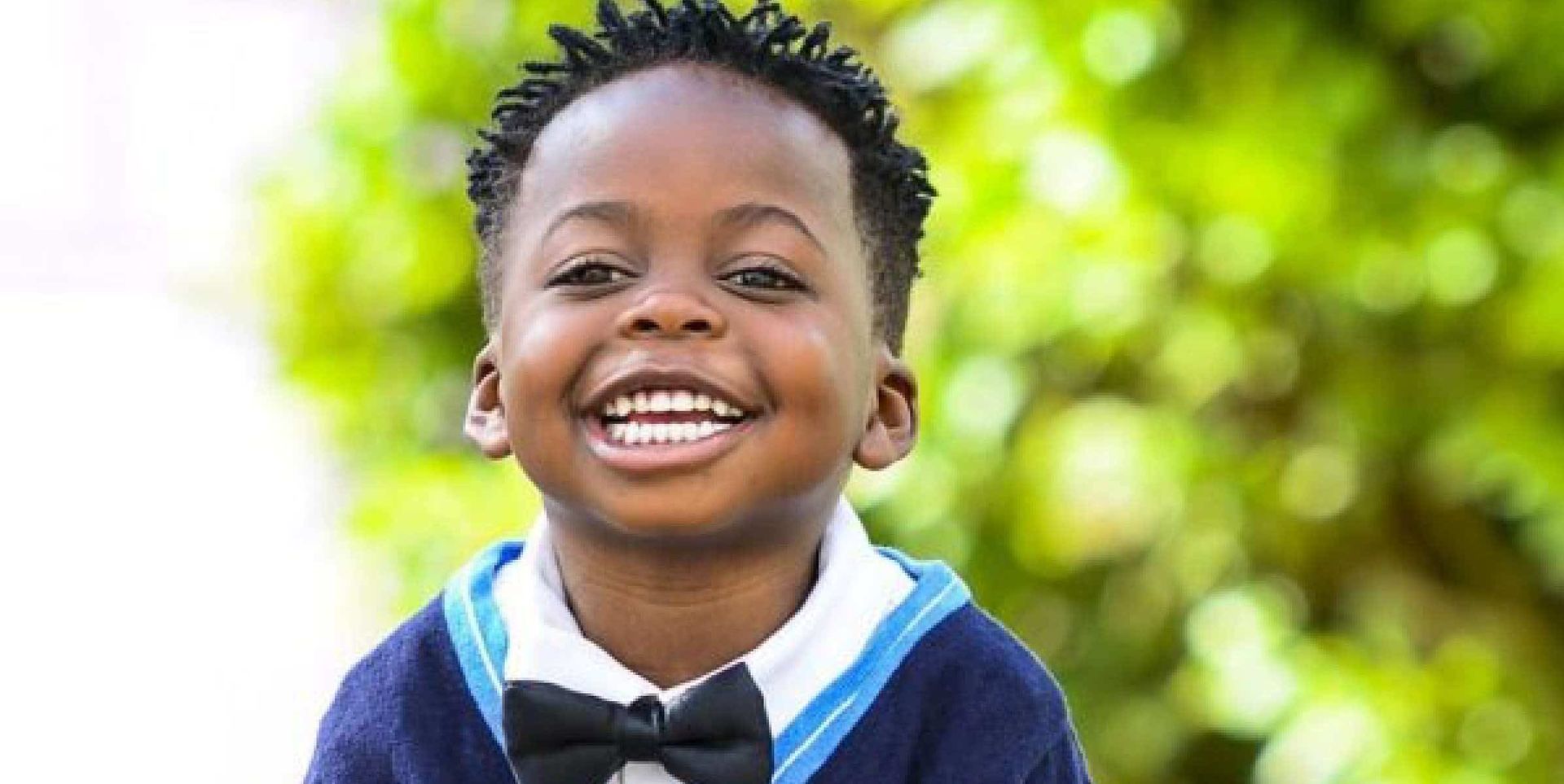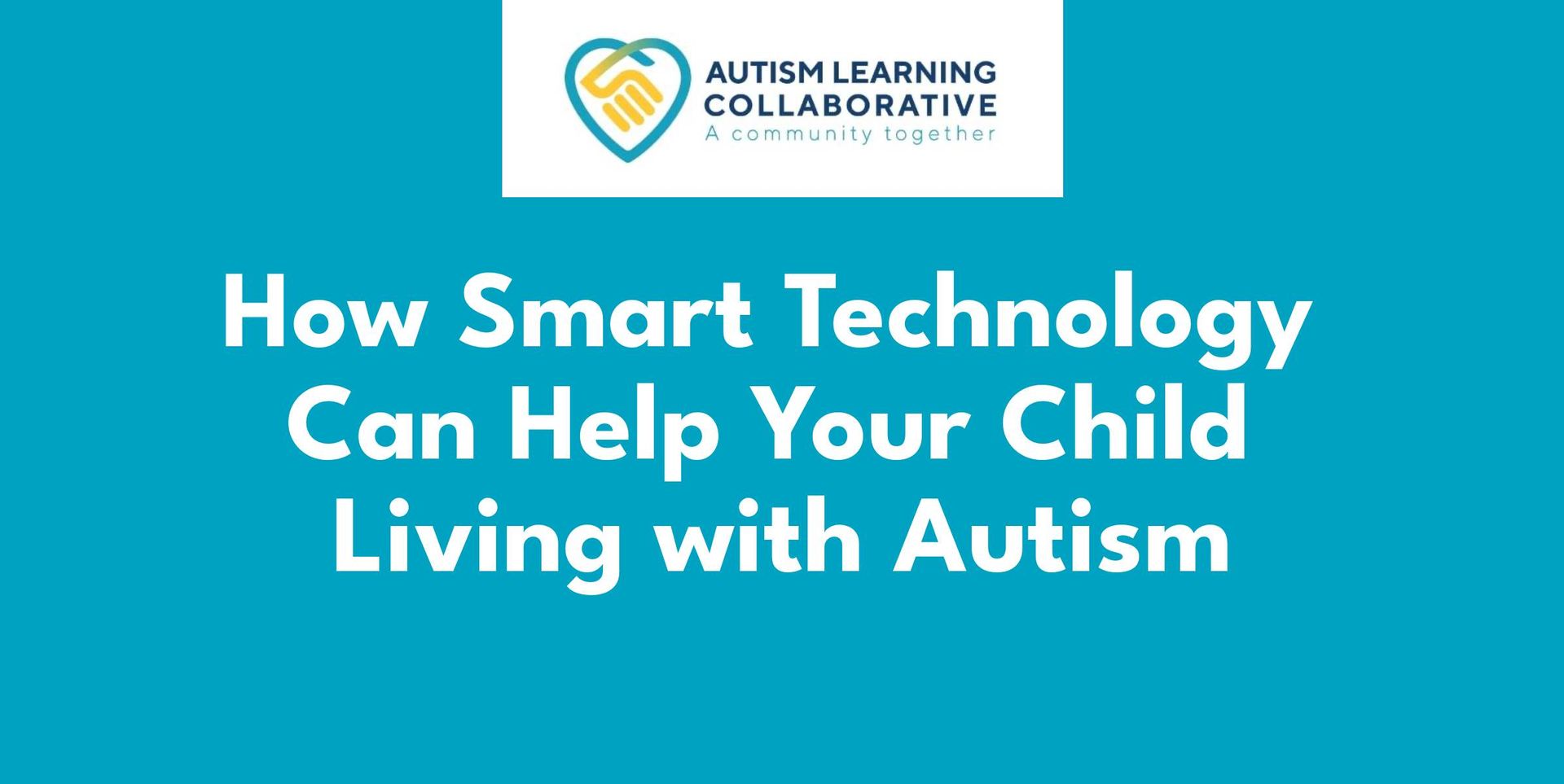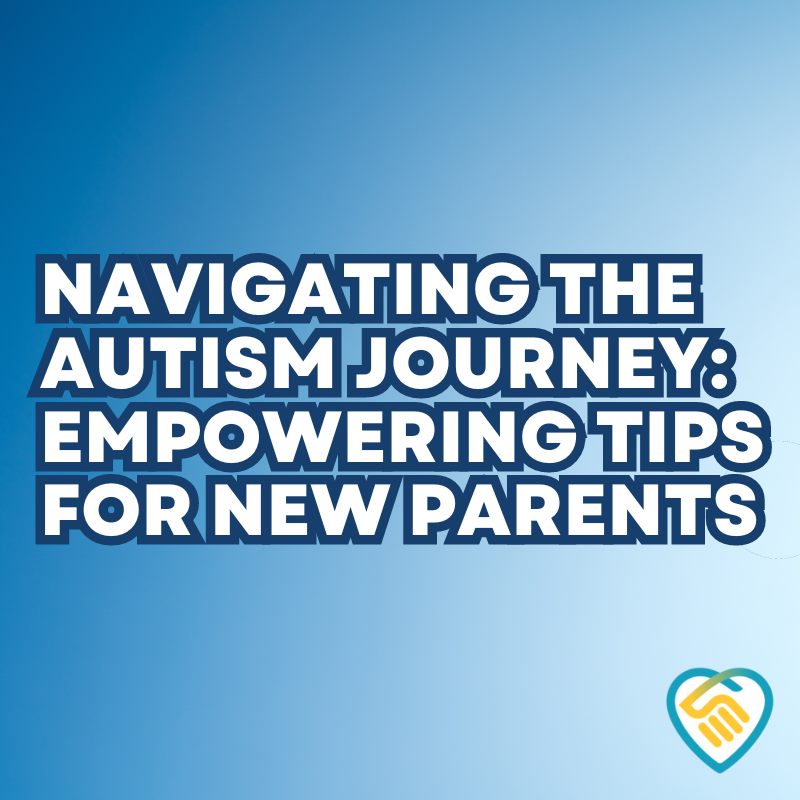Blog Layout
What to Expect from Center-Based ABA Therapy for Autism
Autism Learning Collaborative
As Applied Behavioral Analysis (ABA) gains more attention from families with children with Autism, some families are not sure which type of support will be best for their child; in-home or center-based.
Each service location has its unique benefits and limitations.
In-home-based services are great for children looking to build their functional and daily living skills,
while center-based services offer a more opportunities to engage in social behaviors
with similarly aged peers among other skills.
Here are some of the things you can expect from center-based services:
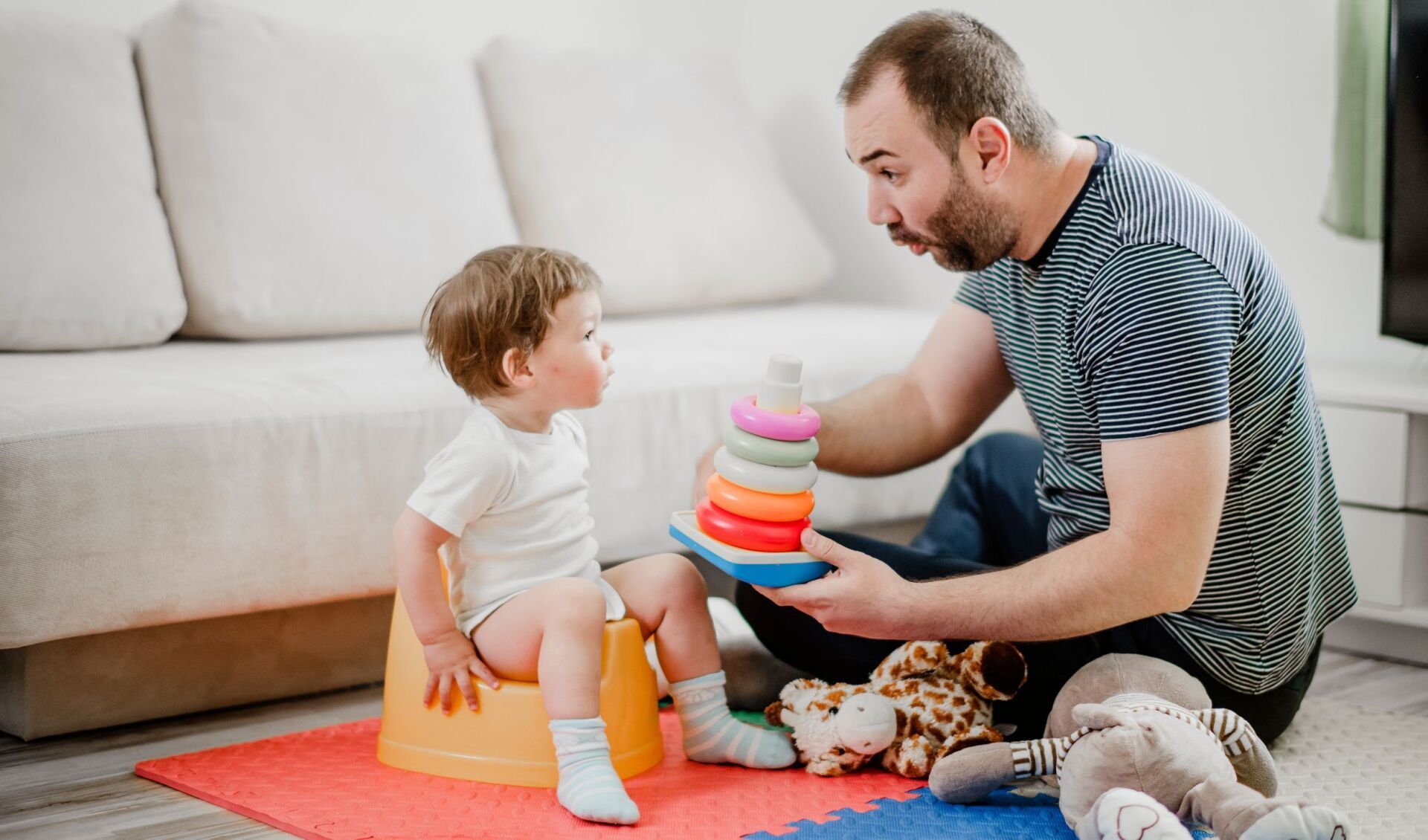
Developing and Improving Play Skills
- We strive to have similar-aged children in the clinic; typically, we have younger children at the clinic in the morning and daytime while older children attend after school.
- Having children of similar ages allows technicians to model pretend play, turn-taking, sharing toys, following the rules of games, and supporting children in their development of playing with peers.
- For our older children, technicians facilitate age-appropriate crafts and games that require following simple instructions, turn-taking, and communication skills.
- The skills we teach will be practiced often with high amounts of repetition to better prepare children for various environments, such as school. The more natural the skill becomes, the more likely children are to use it independently.

Group Activities
- Throughout the day, we have a schedule tailored to keep children engaged with their session through circle time, common meal times, story times, arts and crafts, sensory play, and movement breaks.
- During circle time and group times, children practice taking turns, waiting, and participating in preferred and non-preferred activities. Group settings also foster opportunities to choose songs and stories to share with their peers.
- Common meal times, story times, arts and crafts, sensory play, and movement breaks allow children many opportunities to work on social skills. During each of these activities, children are prompted to engage in conversation with their peers, join a peer’s activity, or complete the activity close to their peer, also known as parallel play.

Social Skills Groups
- In the late afternoon and evening, the center offers a social skills group. The social skills group focuses on building conversational skills, self-regulation skills, role-playing safety skills, functional daily living skills, and many other skills to help children to become more independent.
- Improving conversational skills allows your child to become more independent in various settings. During the social skills group, we work to develop conversational skills such as introducing ourselves to people we may not know, how to end a conversation, what behaviors are appropriate for various social situations, and other conversational skills.
- Prioritizing self-regulation practice is a skill that all children benefit from, no matter their age. During the social skills group, we practice identifying emotions in self, then practice identifying emotions in others. Once the child has become fluent in identifying emotions in self and others, they begin to practice coping strategies such as deep breathing, counting, exercise, listening to music, and many more.
- Other skills discussed and practiced during the social skills group include:
- self-control
- self-advocacy
- self-management
- other skills promoting independe
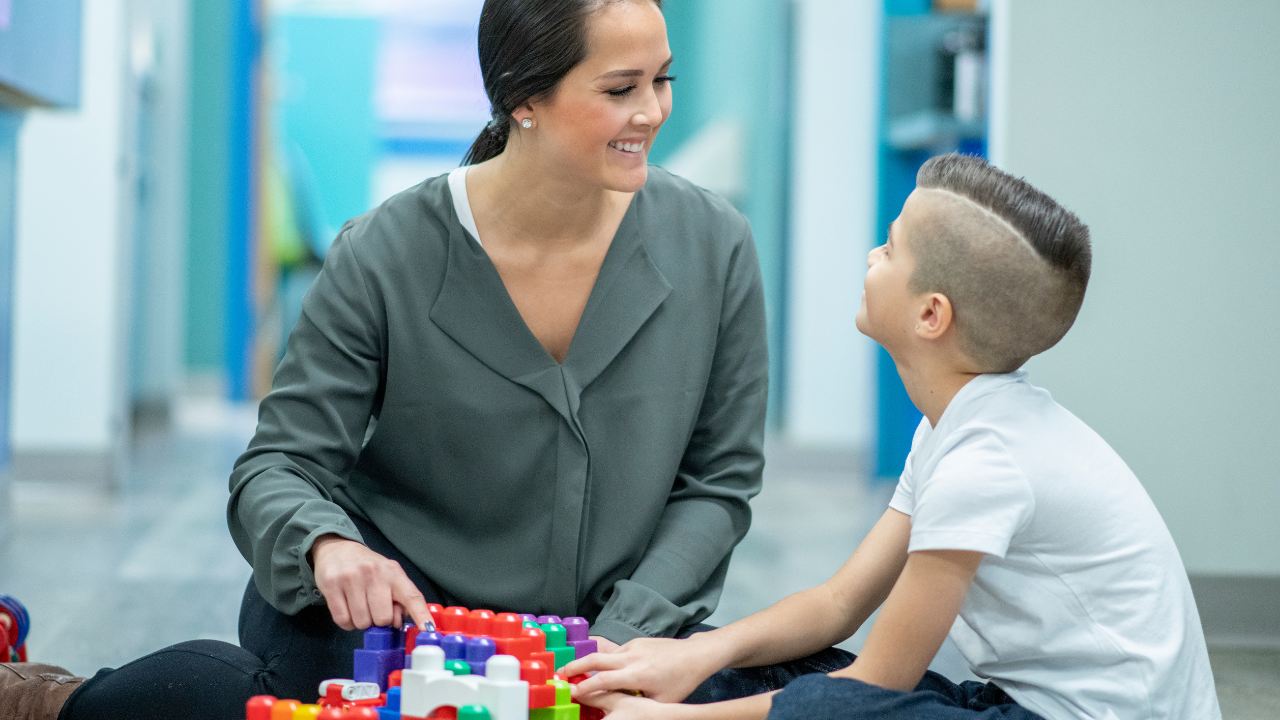
One on One with Technician
- For each session, your child will be paired with an ABA-trained technician. Having one technician dedicated to your child during this time allows for specialized programming, high repetition of skills, behavior reduction, skill acquisition, and ensured safety.
- Some activities that technicians and your child will complete during this time will be pre-academic activities, communication practice, increasing waiting time, practicing leisure skills, and many other targets specialized to your child’s needs.
- Technicians take data throughout the session on each program, including behaviors that are to be increased and/or decreased. This data is analyzed by your child’s Board Certified Behavioral Analyst (BCBA) to ensure that they are making progress and constantly being challenged.
Center-based services offer a wide range of skill development for children of all ages and abilities. Our center is a child-friendly environment with secure exits. When looking at which supports are best for your child, consider a center-based approach to support your child. Contact us and Schedule a free tour today!
03 May, 2024
Being a parent of a neurodiverse child has its own set of challenges. Challenges that can be so unique that a practitioner may have to get creative with evidenced-based interventions. Being a parent of a neurodiverse child AND a practitioner is a completely different story. Especially 10-15 years ago. Let’s talk about this. Many years ago, I knew my then 2-year-old daughter was different. Whenever anyone asked me how she was different, I could never put my thoughts adequately into words. “She is just different.” The general response would be, “Well, she just NEEDS discipline. Spank her, put her in time out.” I had so many conflicting feelings about this. My instincts were screaming “THIS IS NOT RIGHT!” My brain was at battle with myself daily. I fought negative thoughts and comments from family telling me I was not a good mother or parent, and my child was unruly. At 2 years old, my daughter was engaging in screaming, kicking, biting, hair pulling, crying, scratching, punching and slapping behaviors during transitions from the home to the community. She did not prefer ANY change to routine, did not like various smells, lighting, and sounds. She struggled with social and play skills with peers and only wanted one person, ME, her “momma”. Getting the Diagnosis: Fast forward through years of struggles, heartache, trauma and being ostracized (not only myself but my child by family and peers), she got a diagnosis! After visiting numerous physicians (so many I lost count) and countless misdiagnoses, she was FINALLY diagnosed at the age of 10 years old with Asperger’s Syndrome. The uphill battle began with family, friends and her school district. During this entire time, I continued to hear what a terrible mother I was and witnessed my child being excluded from school functions by her peers and being bullied daily. Helping as a Parent: I accessed any resource I could to help her. There was not much to choose from. Most of the resources were for children with level 3 autism spectrum disorders or significant behavioral issues such as drug or alcohol dependency. Nothing, absolutely nothing, for a high functioning child with sensory and social skill needs. At that time, the only true resource we had available was an intensive parent training program and ABA services for my daughter. During this time, I saw her blossoming. It gave me hope. It inspired me to get into this field I so adore today. I say all of this NOT to discourage parents from seeking help. I share my story to reflect on how much this field has changed in 10+ years. Today, the resources are plentiful. Private and public ABA resources from schools to individual companies and government funded programs. ABA practices focusing on assent-based, trauma-informed, evidence-based interventions. Absolutely incredible the amount of assistance to help our children of all ages. Trust your Gut! As I reflect on these changes, I can’t help but wonder how all of these resources would have impacted my daughter and my other children like her not so long ago. My momma heart swells with pride thinking of how much she has overcome to get where she is today. For all the parents out there who may be listening to the “noise” of others, DON’T. Follow your instincts, seek the resources, advocate for your child. You got this! Lori Vitello, MA, BCBA, LBA Autism Learning Collaborative St. Louis In-Home Branch Assistant Clinical Director www.autismlearningcollaborative.com
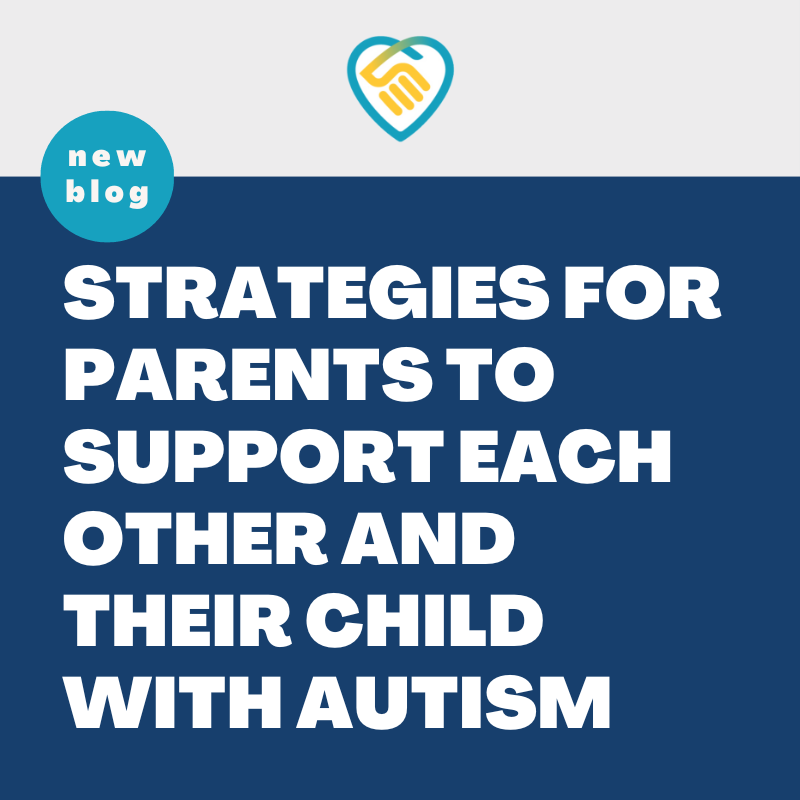
20 Feb, 2024
Receiving an autism diagnosis for your child can evoke a complex tapestry of emotions, from confusion and concern to love and determination. As parents embark on this journey together, supporting each other becomes as crucial as supporting their child. This blog explores the emotional dynamics within families navigating an autism diagnosis, offering practical advice to foster resilience, communication, and a balanced approach to caregiving. Understanding the Emotional Impact The initial phase following a diagnosis can be overwhelming. Acknowledging your feelings and giving yourself permission to experience a wide range of emotions is a crucial first step. It's important to remember that feelings of grief, frustration, and even relief are normal as parents come to terms with their new reality. Communication is Key Open and honest communication between parents is foundational. Regular check-ins where each person can express their feelings, fears, and hopes without judgment can strengthen your partnership. Consider establishing a weekly 'heart-to-heart' session where you can discuss not just the challenges but also the victories, no matter how small. Supporting Each Other Supporting each other doesn't always mean having all the answers. Sometimes, it's about listening or simply being there. Develop a code word or signal for those moments when you're feeling overwhelmed and need a break or extra support. This can help maintain a supportive environment even in the midst of stress. Finding Balance Finding balance between caregiving, personal well-being, and your relationship can seem like a daunting task. It's essential to carve out time for self-care and each other, apart from your roles as parents. Engaging in individual hobbies or activities and scheduling regular date nights or activities as a couple can help maintain a strong bond. Practical Strategies for Caregiving Educate Yourselves Together: Learning about autism as a team can help align your understanding and approach to care. Websites like Autism Speaks (www.autismspeaks.org) offer comprehensive resources for families. Create a Support Network: Connecting with other families navigating similar experiences can provide emotional support and practical advice. Online forums and local support groups can be valuable resources. The Autism Society (www.autism-society.org) is a good starting point for finding community connections. Seek Professional Guidance: Sometimes, professional support is necessary to navigate the complexities of autism. Family therapy or counseling can provide strategies to strengthen your relationship and family dynamics. Apara Autism offers free consultations, you can schedule yours here. Focus on Strengths: Every child with autism has a unique set of strengths and abilities. Celebrate these strengths and incorporate them into daily activities and learning opportunities. Establish Routines: Children with autism often thrive on routine. Working together to establish and maintain consistent daily routines can benefit your child and reduce family stress. In Conclusion Navigating the emotional landscapes of autism requires patience, understanding, and teamwork. The journey is long, but together, you can navigate the challenges and celebrate the joys that come with raising a child with autism. By supporting each other, maintaining open communication, and taking care of your own well-being, you can build a strong foundation for your family and your child.

07 Jan, 2024
As the calendar turns to January, we embrace the spirit of new beginnings. This is a time for reflection, planning, and setting goals, not just for ourselves but also for the special children in our lives undergoing Applied Behavior Analysis (ABA) therapy. The new year brings a unique opportunity for therapists, parents, and children to collaboratively set realistic and meaningful goals in ABA therapy. Understanding the Importance of Goal-Setting in ABA Therapy ABA therapy is centered around the individual needs of each child with autism. Goal-setting in this context is not just about achieving specific skills or behaviors; it’s about creating pathways for children to realize their potential and improve their quality of life. Well-defined goals provide direction for therapy sessions and a framework for measuring progress. Collaborative Goal-Setting: A Team Effort One of the strengths of ABA therapy is its collaborative nature. Therapists, parents, and sometimes, depending on their age and ability, the children themselves, should be involved in the goal-setting process. This collaboration ensures that goals are not only tailored to the child’s needs but are also aligned with family values and real-life situations. Strategies for Identifying Goals Assessing the Child’s Current Abilities: Start by understanding the child’s strengths and areas where they need support. This can involve direct assessment by the therapist and input from parents and educators. Setting SMART Goals: Goals should be Specific, Measurable, Achievable, Relevant, and Time-bound. For instance, improving two-way communication skills over three months is a SMART goal. Prioritizing Goals: Not all goals are created equal. Some skills might be foundational and need to be achieved before others. Prioritize goals based on their impact on the child’s daily life and overall development. Measuring Progress Regular assessments and observations are crucial in tracking progress. Celebrating milestones, no matter how small, is important. Progress in ABA therapy is not always linear, and every small step forward is a victory. Tips for Parents Be Consistent: Try to reinforce the goals set in therapy at home. Consistency is key in ABA therapy. Stay Informed and Involved: Regular communication with the therapist can provide insights into how best to support your child’s goals at home. Celebrate Achievements: Acknowledge and celebrate your child’s achievements, however small they may seem. This encourages them and shows them the value of their efforts. Conclusion The new year is a time for new goals and fresh starts. In ABA therapy, setting achievable goals is essential for the continued progress of children with autism. By working together, therapists and parents can create a supportive and effective environment for these children to thrive in 2023 and beyond. Let’s use this opportunity to reflect on past achievements and chart a course for a year filled with growth and learning.
CONTACT US
Toll-Free: 844-743-6506
Content, including images, displayed on this website is protected by copyright laws. Downloading, republication, retransmission or reproduction of content on this website is strictly prohibited. Terms of Use
| Privacy Policy


